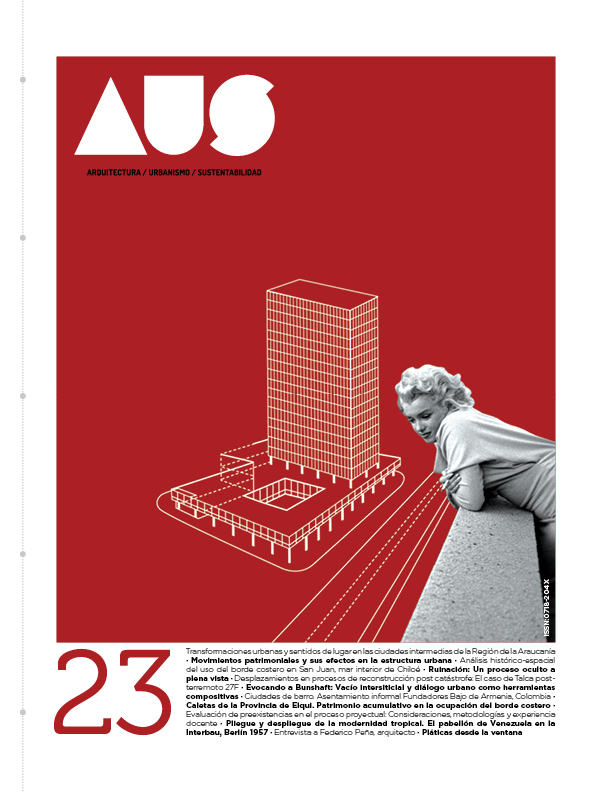Displacements in the post-catastrophe reconstruction process: The case of post 27F earthquake Talca
Main Article Content
Abstract
This article addresses population displacements from the Norte quarter in downtown Talca (a middle-sized Chilean city located in the Maule Region), with an emphasis on the social-spatial impacts of the original dwellers’ displacement to peripheral areas. These impacts include from the loss of the social fabric to the need to adapt to new housing morphologies which were totally different from the original houses. The research revealed that the reconstruction model based on a quantitative damage recovery rationale resulted in the displacement of low-income populations from the city’s downtown to peripheral areas. Under this premise, a discussion is proposed concerning the changes in lifestyle of displaced populations as well as urban and social transformations –both in the original and destination quarters– that resulted from the displacement.

